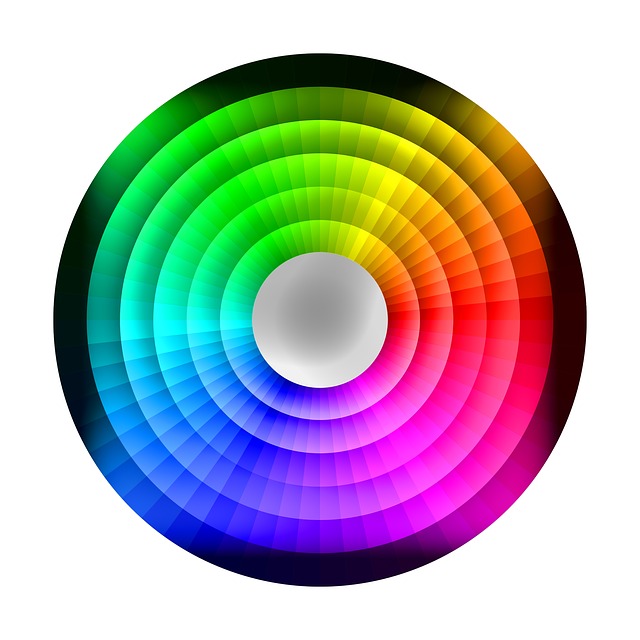I have been spending a lot of time recently thinking about colour, and particularly the psychology of colour, which is the study of how different colours make people feel and act differently. Admittedly this sounds like a lot of ‘woo’ but is apparently true.*
I have spent so much time thinking about this, in fact, that I am going to have to split this into two posts. This, then, is part 1:
Meanings of colours
Once you start thinking, it’s not hard to come up with examples of colours having specific meanings.
Red is a stop light, a warning sign, an indication of danger, the colour of heat and fire. In the West it is also the red roses of love, the red heat of passion, and the red haze of anger and aggression, but in Asian cultures it is the colour of happiness and luck (the red envelopes of Chinese New Year). In South Africa, red is the traditional colour of grief and mourning.
Green is ‘go’, safety and health – looking around my bathroom this morning (I said that I’d been thinking about this a lot) I was surprised how many health and care products have green packaging. Green is plants and growing things, and so shorthand for the environment and environmentalism, but is also jealousy and (being green with) envy. In the US it is the colour of money (to coin a phrase), while in most Muslim countries green is associated with Islam.
Yellow is caution, beware, no parking on the double yellow lines. It is also sunshine, daffodils, the centre of daisies, cheerfulness and hope (and my favourite colour), but also, as well, the yellow belly of cowardice and the colour of urine.** In parts of Asia, yellow is the colour of royalty, wealth and the sacred, while in some Latin American and African cultures, yellow is the colour of mourning.
Blue is conservative (and Conservative), the sky, water and coolness, and the feeling of peace. It is also sadness (feeling blue), or concerned with morality (‘blue’ material). In Eastern cultures, including China, it is the colour of immortality, while to Iranians it is the colour of heaven and so of mourning. (I am starting to spot a certain theme here…)
Black is darkness and a lack of colour. In Western culture it is usually evil or negative (black humour) and the bleakness of grief and mourning, and of depression (‘the black dog’ is a common metaphor for depression – I don’t know quite why as dogs are nice, and depression certainly isn’t). In traditional African cultures, however, it is the colour of the divine and the spirit world. In the Far East black is the colour of wealth and prosperity, which is not that surprising when considering it can have connotations of elegance (black tie), sophistication and luxury.
White is innocence and purity, clouds and angels. It is also the colour of cleanliness (think of the white coats that medical professionals often wear), and of white weddings. In much of Asia, including China and India, however, white is the colour of mourning and funerals: whereas in traditional Western culture a widow would be expected to wear black (sometimes referred to as “widow’s weeds”), in India she would be expected to wear white.

It is not just different cultures that see colours in different ways – different time periods see things differently, too. These days, we are used to the idea of ‘blue for boys, pink for girls’, rather to the irritation of more socially-aware parents. Until at least the early 20th century, blue was considered a more subtle and demure shade and therefore more suitable for girls, while pink was, as a shade of red, more bold and aggressive and thus a boys’ colour.
The colour orange, meanwhile, didn’t even exist in the English language until the 16th century: it was simply an shade of either red or yellow, depending where on the colour spectrum it fell. Not until oranges – the fruit – started arriving in the UK did people find the need for a specific name for the colour, and gradually the word ‘orange’ evolved from being a description of the fruit to being a colour in its own right.

Of course, it is unlikely that the changing of colours over time is something that will affect my choice of colour scheme for Red Tabby Words: in the unlikely event that it still exists in centuries to come, whoever is then running the company can work out what colour to use instead if my choice no longer suits. What might well make a difference, though, is how people react to different colours, which is linked with the meanings of colours but goes rather further and in some rather strange ways.
That’s for part two of this post, though.
Coming soon: The wonderful world of colours, part 2


** The secondary school I attended had, as its official school colours, yellow and brown (honestly). Who thought that was a good combination?!
– loving your blog and best of luck in your new business venture. As to your question above, UPS had the same idea, and their slogan is “what can brown do for you?” Gulp.
LikeLike